
Gold Fever : Australia
Complete Set of 5 nos of commemorative postage stamp on the Race to the Gold Diggings of Australia :
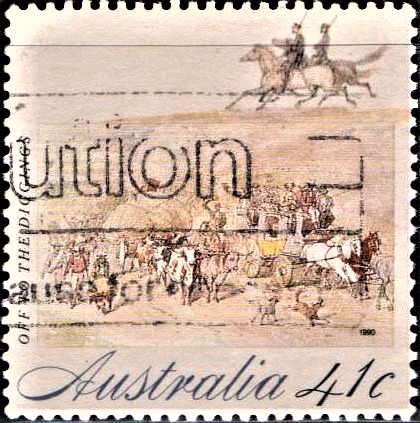



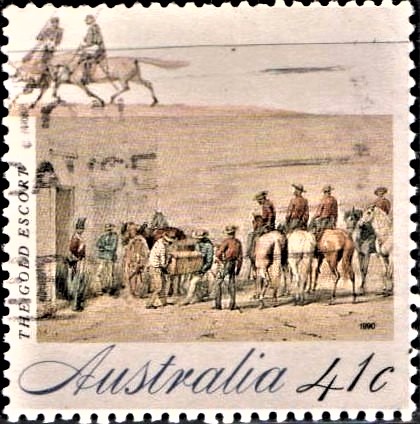 Issued by Australia
Issued by Australia
Issued on May 16, 1990
Stamp Illustrations :
William Strutt, En route to the diggings; Golden Point Ballarat 1851; Gold washing, Ballarat diggings; The Gold Commissioner’s tent, Golden Point Ballarat; Arrival of the Gold Escort in Melbourne;
Top strip: The Government Gold Escort 1852, (details).
Watercolour sketches in Victoria the Golden, reproduced with the permission of the Victorian Parliament Library Committee.
Designer : Bruce Weatherhead, Melbourne
Type : Stamps, Postal Used
Colour : Multi colour
Denomination : 41 cents each
About :
- This second part of The Colonial Collection continues the story of 19th century Australia by focusing on a period which transformed colonial life. The gold discoveries encouraged immigration and the attendant wealth led to an increasing prosperity.
- OFF TO THE DIGGINGS
Travel to the goldfields in the 1850s was difficult. Roads were either hot and dusty and full of ruts or rain-soaked and boggy. Some travelled by uncomfortable coaches, some on horseback, but many had to walk. - THE DIGGINGS
The goldfields were places of bustling activity with shafts bring dug, gold being washed and new diggers and provisions arriving constantly. Tents were the main types of shelter and housed storekeepers and sly grog shops as well as diggers. - PANNING FOR GOLD
For alluvial gold recovery, creek mud was washed by panning and cradling. After many pannings, precious gold dust and a few small nuggets might reward the lucky digger. - GOLD COMMISSIONER’S TENT
Appointed by the colonial Government, the Gold Commissioner‘s main task was to sell licences to the diggers. In Victoria, Aboriginal mounted police helped enforce the 30 shilling licence fee. - THE GOLD ESCORT
Another duty of the Gold Commissioner was to weigh the gold and give receipts to the diggers. Under threat of ambush by bushrangers, the gold was then escorted by troopers from the diggings to the port.



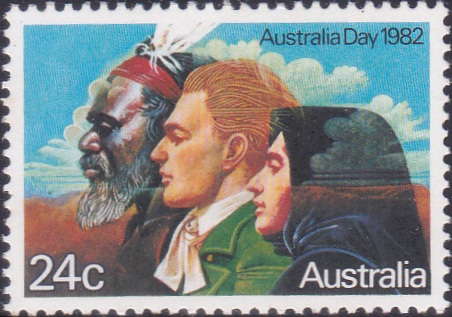
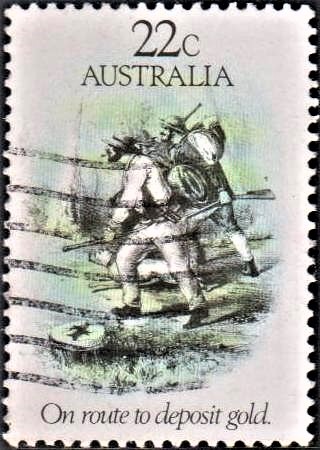


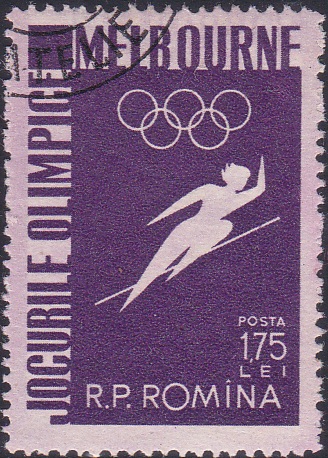
[…] The quiet tempo of life in this largely pastoral society was suddenly disrupted in the 1850s by the discovery of gold, first in New South Wales, and subsequently in Victoria. Gold brought boom conditions, as hundreds […]